




Tackling microplastic pollution is not only a matter of dealing with small plastic pieces. Microplastics found in the environment not only comprise small-sized particles consisting of plastic polymers, but they also represent a diverse range of contaminants too (Rochman et al., 2019), such as by leaching chemicals into the environment, acting as vectors of toxic chemicals (Campanale et al., 2020; Koelmans et al., 2016), toxic elements (Igalavithana et al., 2022; Akhbarizadeh et al., 2018), and microorganisms including pathogens (Oberbeckmann et al., 2018; McCormick et al., 2014). There are substantial research findings providing evidence of the impacts on ecosystems and human health. These findings from microplastic pollution research are influencing further funding priorities, environmental policy, and public perceptions of risks to water quality and environmental and human health. Ensuring that environmental microplastic research data are findable, accessible, interoperable, and reusable (FAIR) is essential to provide information to policy and mitigation strategies. In developing countries across Asia, gathering FAIR scientific evidence requires capacity building and institutionalisation measures. This session will discuss the “necessity of capacity building to get FAIR data for policy development to address the pollution issue considering microplastics as a diverse contaminant suite”.
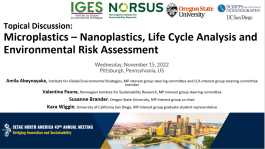
Microplastics – Nanoplastics, Life Cycle Analysis and Environmental Risk Assessment
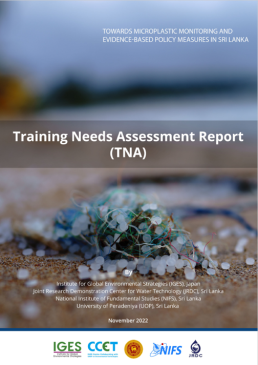
Training Needs Assessment Report (TNA): Towards Microplastic Monitoring and Evidence-Based Policy Measures in Sri Lanka
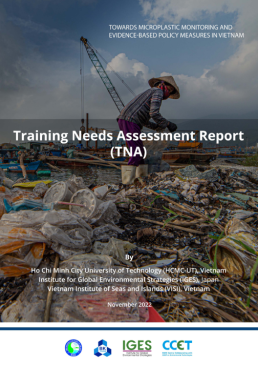
Training Needs Assessment Report (TNA): Towards Microplastic Monitoring and Evidence-Based Policy Measures in Vietnam
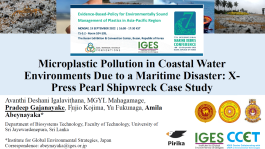
Microplastic Pollution in Coastal Water Environments Due to a Maritime Disaster: X-Press Pearl Shipwreck Case Study
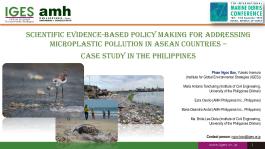
Scientific Evidence-Based Policy Making for Addressing Microplastics Pollution in ASEAN Countries - Case Study in the Philippines
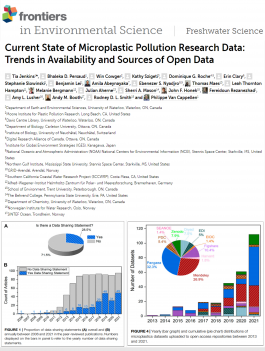
Current State of Microplastic Pollution Research Data: Trends in Availability and Sources of Open Data
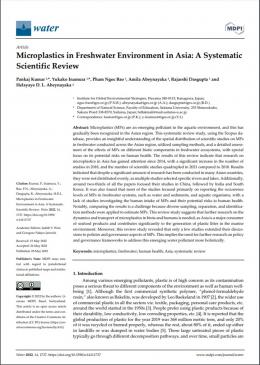
Microplastics in Freshwater Environment in Asia: A Systematic Scientific Review
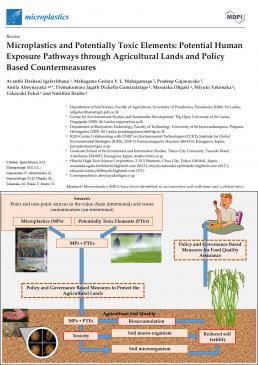
Microplastics and Potentially Toxic Elements: Potential Human Exposure Pathways through Agricultural Lands and Policy Based Countermeasures
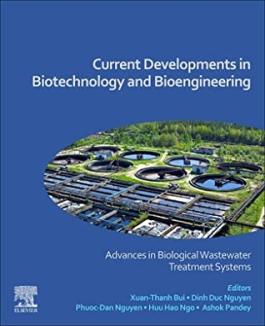
Microplastics in wastewater treatment plants
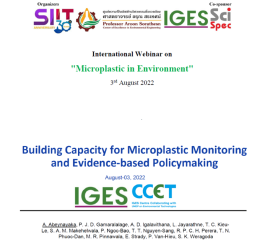
Building Capacity for Microplastic Monitoring and Evidence-based Policymaking